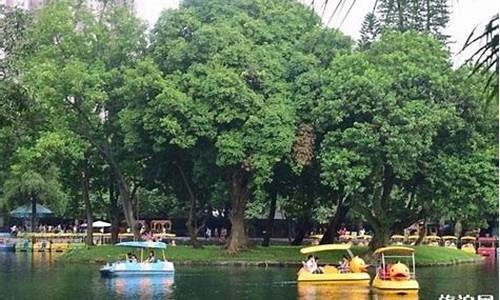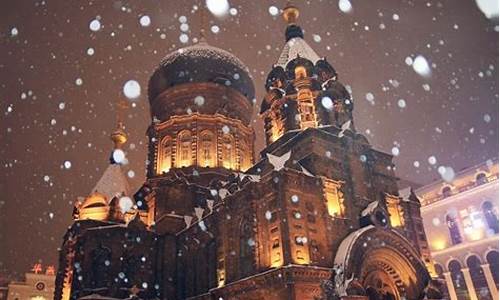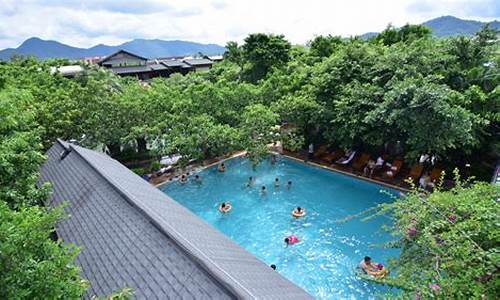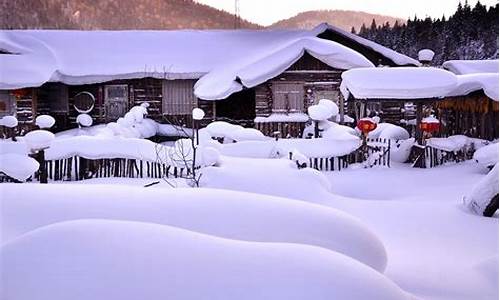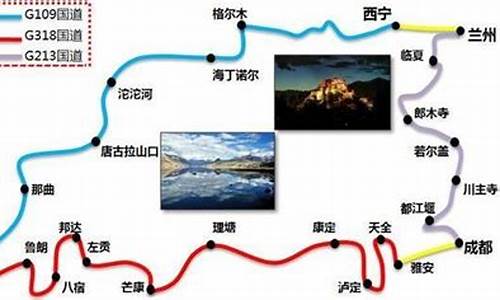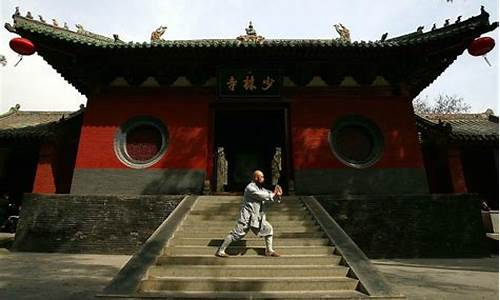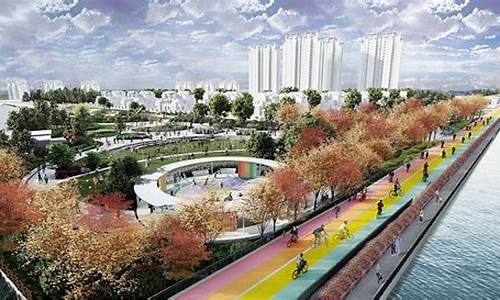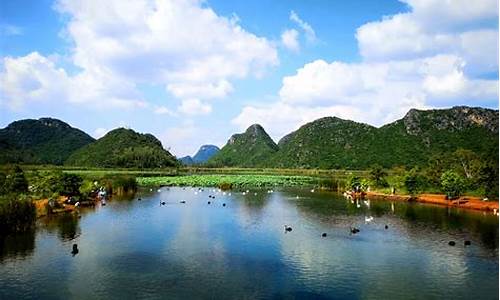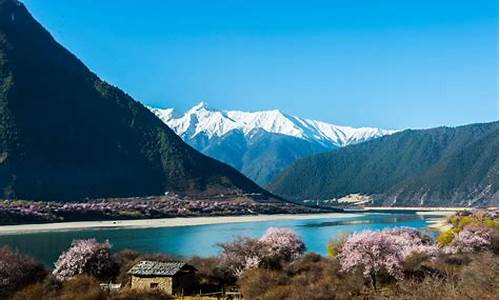日本景点英语_日本著名景点英语
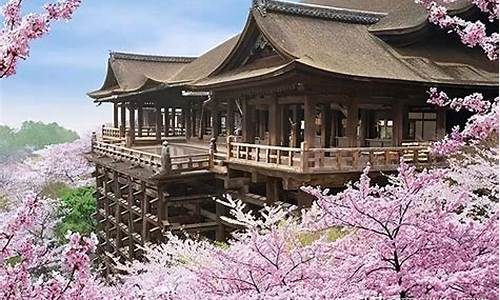
世界著名旅游景点名称英语词汇
世界上有着许许多多的著名旅游景点,这些景点用英语该如何说呢,下面是我整理的一些世界著名旅游景点名称, 希望对大家有帮助。
世界著名旅游景点名称:Asia 亚洲
Great Wall, China
中国长城
Forbidden City, Beijing, China
北京故宫
The Himalayas
喜马拉雅山
Mount Fuji, Japan
日本富士山
Taj Mahal, India
印度泰姬陵
Angkor Wat, Cambodia
柬埔寨吴哥窟
Bali, Indonesia
印度尼西亚巴厘岛
Borobudur, Indonesia
印度尼西亚婆罗浮屠
Sentosa, Singapore
新加坡圣淘沙
Crocodile Farm, Thailand
泰国北榄鳄鱼湖
Pattaya Beach, Thailand
泰国芭堤雅海滩
Babylon, Iraq
伊拉克巴比伦遗迹
Mosque of St, Sophia in Istanbul (Constantinople), Turkey
土耳其圣索非亚教堂
世界著名旅游景点名称:Africa 非洲
Suez Canal, Egypt
埃及苏伊士运河
Aswan High Dam, Egypt
埃及阿斯旺水坝
Nairobi National Park, Kenya
肯尼亚内罗毕国家公园
Cape of Good Hope, South Africa
南非好望角
Sahara Desert
撒哈拉大沙漠
Pyramids, Egypt
埃及金字塔
The Nile, Egypt
埃及尼罗河
Oceania
大洋洲
Great Barrier Reef
大堡礁
Sydney Opera House, Australia
悉尼歌剧院
Ayers Rock
艾尔斯巨石
Mount Cook
库克山
Easter Island
复活节岛
世界著名旅游景点名称:Europe 欧洲
Notre Dame de Paris, France
法国巴黎圣母院
Effiel Tower, France
法国艾菲尔铁塔
Arch of Triumph, France
法国凯旋门
Elysee Palace, France
法国爱丽舍宫
Louvre, France
法国卢浮宫
Kolner Dom, Koln, Germany
德国科隆大教堂
Leaning Tower of Pisa, Italy
意大利比萨斜塔
Colosseum in Rome, Italy
意大利古罗马圆形剧场
Venice, Italy
意大利威尼斯
Parthenon, Greece
希腊巴台农神庙
Red Square in Moscow, Russia
莫斯科红场
Big Ben in London, England
英国伦敦大笨钟
Buckingham Palace, England
白金汉宫
Hyde Park, England
英国海德公园
London Tower Bridge, England
伦敦塔桥
Westminster Abbey, England
威斯敏斯特大教堂
Monte Carlo, Monaco
摩纳哥蒙特卡罗
The Mediterranean
地中海
世界著名旅游景点名称:The Americas 美洲
Niagara Falls, New York State, USA
美国尼亚加拉大瀑布
Bermuda
百慕大
Honolulu, Hawaii, USA
美国夏威夷火奴鲁鲁
Panama Canal
巴拿马大运河
Yellowstone National Park, USA
美国黄石国家公园
Statue of Liberty, New York City, USA
美国纽约自由女神像
Times Square, New York City, USA
美国纽约时代广场
The White House, Washington DC., USA
美国华盛顿白宫
World Trade Center, New York City, USA
美国纽约世界贸易中心
Central Park, New York City, USA
美国纽约中央公园
Yosemite National Park, USA
美国尤塞米提国家公园
Grand Canyon, Arizona, USA
美国亚利桑那州大峡谷
Hollywood, California, USA
美国加利佛尼亚好莱坞
Disneyland, California, USA
加利佛尼亚迪斯尼乐园
Las Vegas, Nevada, USA
美国内华达拉斯威加斯
Miami, Florida, USA
美国佛罗里达迈阿密
Metropolitan Museum of Art, New York City, USA
纽约大都会艺术博物馆
Acapulco, Mexico
墨西哥阿卡普尔科
Cuzco, Mexico
墨西哥库斯科
猜你喜欢:
1. 国内旅游景点英语导游词
2. 旅游英语专业介绍
3. 旅游景点英文介绍
4. 旅游英语:石林旅游景点英语介绍
5. 与“旅行”相关的英语词汇的用法
6. 景点用英语怎么说
世界各国著名景点用英文表示
1,Mount Fuji, Japan 日本富士山
富士山(日文:ふじさん,英文:Mount_uji)是日本国内最高峰,日本重要国家象征之一。横跨静冈县和山梨县的活火山,接近太平洋岸,东京西南方约80公里。
2,Taj Mahal, India 印度泰姬陵
泰姬陵(Taj Mahal ),是印度知名度最高的古迹之一,世界文化遗产,被评选为“世界新七大奇迹”。位于印度北方邦的阿格拉(Agra)城内,亚穆纳河右侧。由殿堂、钟楼、尖塔、水池等构成,全部用纯白色大理石建筑,用玻璃、玛瑙镶嵌,具有极高的艺术价值。
3,Angkor Wat, Cambodia 柬埔寨吴哥窟
吴哥窟(Angkor Wat),又称吴哥寺,位于柬埔寨,被称作柬埔寨国宝,是世界上最大的庙宇,同时也是世界上最早的高棉式建筑。吴哥窟原始的名字是Vrah Vishnulok,意思为“毗湿奴的神殿”,中国佛学古籍称之为“桑香佛舍”。
4,Bali, Indonesia_《饶嵛餮前屠宓
巴厘岛,印度尼西亚岛屿,位于爪哇岛东部,面积5620平方公里,岛上热带植被茂密,是举世闻名的旅游岛。巴厘岛是印尼17000多个岛屿当中最耀眼的一个岛屿,位于爪哇岛东部,面积5620平方公里,岛上山脉纵横、风情万种、景物绮丽。
5,Borobudur, Indonesia_《饶嵛餮遣_薷⊥
婆罗浮屠位于东南亚的印度尼西亚,大约于公元750年至850年间,由当时统治爪哇岛的夏连特拉王朝统治者兴建。“婆罗浮屠”这个名字的意思很可能来自梵语"Vihara Buddha Ur",意思就是“山顶的佛寺”。
旅游景点介绍英文
旅游景点介绍英文如下:
China's Great Wall is the greatest building project in human history of civilization.
中国的长城是人类文明史中最伟大的建筑工程。
It was built in Spring and Autumn period ,Warring states times, two thousand years _go.
长城建造于两千年前的春秋战国时代。
After the Qin state unified China. The chinese people connected the Great wall of various states.
秦国统一中国后,中国人把各个战国的长城连接起来。
Two generations of wise people have constructed The Great Wall intensively. _ast its project. It looks like rainbow rolling forward. It was possible to be called _orld miracle.
聪明的两代人曾经密集地建造长城,扩展了它的工程. 它看起来象彩虹,滚滚向前. 它有可能被称作世界奇迹。
It is the must for chinese people. When you repair Great Wall's _uins in offical _ays.You will not only could witness Great Wall's apparance that meandered in the hills and high moutains.
but could also understand the chinese nation creation history , _reat wisdom and courage of chinese people. In December 1987, Great Wall was included in ‘’World heritage Name list‘’.
它是中国必须付出的代价,当你在正式的场合下,在废墟中修建长城,你不仅会见证它在高山和峻岭中婉延曲折的情景, 也会了解中华民族的创造历史以及中国人的勇气和智慧,在1987年12月,长城被归录在‘’世界遗产名录"中。
Arashiyama(岚山)
Arashiyama (岚山 ?) is a district on the western outskirts of Kyoto, Japan. It also refers to the mountain across the ?i River, which forms a backdrop to the district.
Notable tourist sites in Arashiyama include
The Iwatayama Monkey Park on the slopes of Mount Arashiyama. Over 170 monkeys live at the park. While the monkeys are wild, they have become accustomed to humans. The park is located on a small mountain not far from the Saga-Arashiyama rail station. Visitors can approach and photograph the monkeys. At the summit is a fenced enclosure, from within which visitors can feed the monkeys.
The romantic "Moon Crossing Bridge" (渡月桥,Togetsukyō), notable for its views of cherry blossoms and autumn colors on the slopes of Mt Arashiyama.
The tombstone of the Heike courtesan Kogo of Sagano.
Tenryū-ji, the main temple of the Rinzai school, one of the two main sects of Zen Buddhism in Japan.
The hamlet of Kiyotaki, a small scenic village at the base of Mt Atago, the home to a notable Shinto shrine.
Matsuo Shrine, half a mile south of the area, which is home to a blessed spring. It is also one of the oldest shrines in the Kyoto area, founded in 700. The alleged restorative properties of the spring bring many local sake and miso companies to the shrine for prayers that their product will be blessed.
Kameyama koen has a stone commemorating Zhou Enlai's visited to Arashiyama. He was moved by the cherry blossoms and mountain greenery. The four poems Zhou Enlai wrote about his visit are engraved on a stone monument: "Arashiyama in the Rain."
Nijō Castle(二条城)
Nijō Castle (二条城 ,Nijō-jō?) is a flatland castle located in Kyoto, Japan. The castle consists of two concentric rings of fortifications, the Ninomaru Palace, the ruins of the Honmaru Palace, various support buildings and several gardens. The surface area of the castle is 275,000 square meters, of which 8000 square meters is occupied by buildings.
History
Present plan of Nijō Castle (click for detailed view)In 1601, Tokugawa Ieyasu, the founder of the Tokugawa Shogunate, ordered all the feudal lords in Western Japan to contribute to the construction of Nijō Castle, which was completed during the reign of Tokugawa Iemitsu in 1626. Parts of Fushimi Castle, such as the main tower and the Kara Gate, were moved here in 1625-26.[1] It was built as the Kyoto residence of the Tokugawa Shoguns. The Tokugawa Shogunate used Edo as the capital city, but Kyoto continued to be the home of the Imperial Court. Kyoto Imperial Palace is located north-east of Nijo Castle.
The central keep, or donjon, was struck by lightning and burned to the ground in 1791.
In 1788, the Inner Palace was destroyed by a city-wide fire. The site remained empty until it was replaced by a prince's residence transferred from the Kyoto Imperial Palace in 1893.
In 1867, the Ninomaru Palace was the stage for the declaration by Tokugawa Yoshinobu, returning the authority to the Imperial Court. Next year the Imperial Cabinet was installed in the castle. The palace became imperial property and was declared a detached palace. During this time, the Tokugawa hollyhock crest was removed wherever possible and replaced with the imperial chrysanthemum.
In 1939, the palace was donated to the city of Kyoto and opened to the public the following year.
Ryōan-ji(龙安寺)
Ryōan-ji (Shinjitai: 竜安寺, Kyūjitai: 龙安寺 ?, The Temple of the Peaceful Dragon) is a Zen temple located in northwest Kyoto, Japan. Belonging to the Myoshin-ji school of the Rinzai branch of Zen Buddhism, the temple is one of the Historic Monuments of Ancient Kyoto, a UNESCO World Heritage Site.
The site of the temple was originally a Fujiwara family estate. It eventually came into the hands of the Hosokawa clan branch of the Fujiwaras. Hosokawa Katsumoto inherited the residence, and lived here before the ?nin War. Katsumoto willed the war-ravaged property to be converted into a Zen sect temple complex after his death. Later Hosokawa emperors are grouped together in what are today known as the "Seven Imperial Tombs" at Ryoan-ji. The burial places of these emperors -- Uda, Kazan, Ichijō, Go-Suzaku, Go-Reizei, Go-Sanjō, and Horikawa -- would have been comparatively humble in the period after their deaths. These tombs reached their present state as a result of the 19th century restoration of imperial sepulchers (misasagi) which were ordered by Emperor Meiji.[1]
Ryōan-ji's tsukubai (蹲踞 ?), which is a small basin provided at Japanese Buddhist temples for visitors to purify themselves by the ritual washing of hands and rinsing of the mouth.An object of interest near the rear of the monks quarters is the carved stone receptacle into which water for ritual purification continuously flows. This is the Ryōan-ji tsukubai (蹲踞 ?), which translates literally as "crouch;" and the lower elevation of the basin requires the user to bend a little bit to reach the water, which suggests supplication and reverence.[2] The kanji written on the surface of the stone are without significance when read alone. If each is read in combination with 口 (kuchi), which the central bowl is meant to represent, then the characters become 吾, 唯, 足, 知. This is read as "ware tada taru (wo) shiru" and translates literally as "I only know plenty" (吾 = ware = I, 唯 = tada = only, 足 = taru = plenty, 知 = shiru = know). The meaning of the phrase carved into the top of the tsukubai is simply that "what one has is all one needs" and is meant to reinforce the basic anti-materialistic teachings of Buddhism.
The absence of a dipper is intended to imply that the water is for the soul only and that it is necessary to bend the knee in humility in order to receive its blessing.
Kiyomizu-dera(清水寺)
Kiyomizu-dera (清水寺 ?), full name Otowa-san Kiyomizu-dera (音羽山清水寺 ?) is an independent Buddhist temple in eastern Kyoto. The temple is part of the Historic Monuments of Ancient Kyoto (Kyoto, Uji and Otsu Cities) UNESCO World Heritage site.[1] Not one nail is used in the whole temple. The temple should not be confused with Kiyomizu-dera in Yasugi, Shimane, which is part of the 33-temple route of the Chūgoku 33 Kannon Pilgrimage through western Japan.[2]
其实这些都是维基百科找来的,本来想给链接的,百度说我有广告,只贴了部分,其他的可用google 维基百科英文版找,包括景点介绍,历史什么的很全的。
声明:本站所有文章资源内容,如无特殊说明或标注,均为采集网络资源。如若本站内容侵犯了原著者的合法权益,可联系本站删除。

